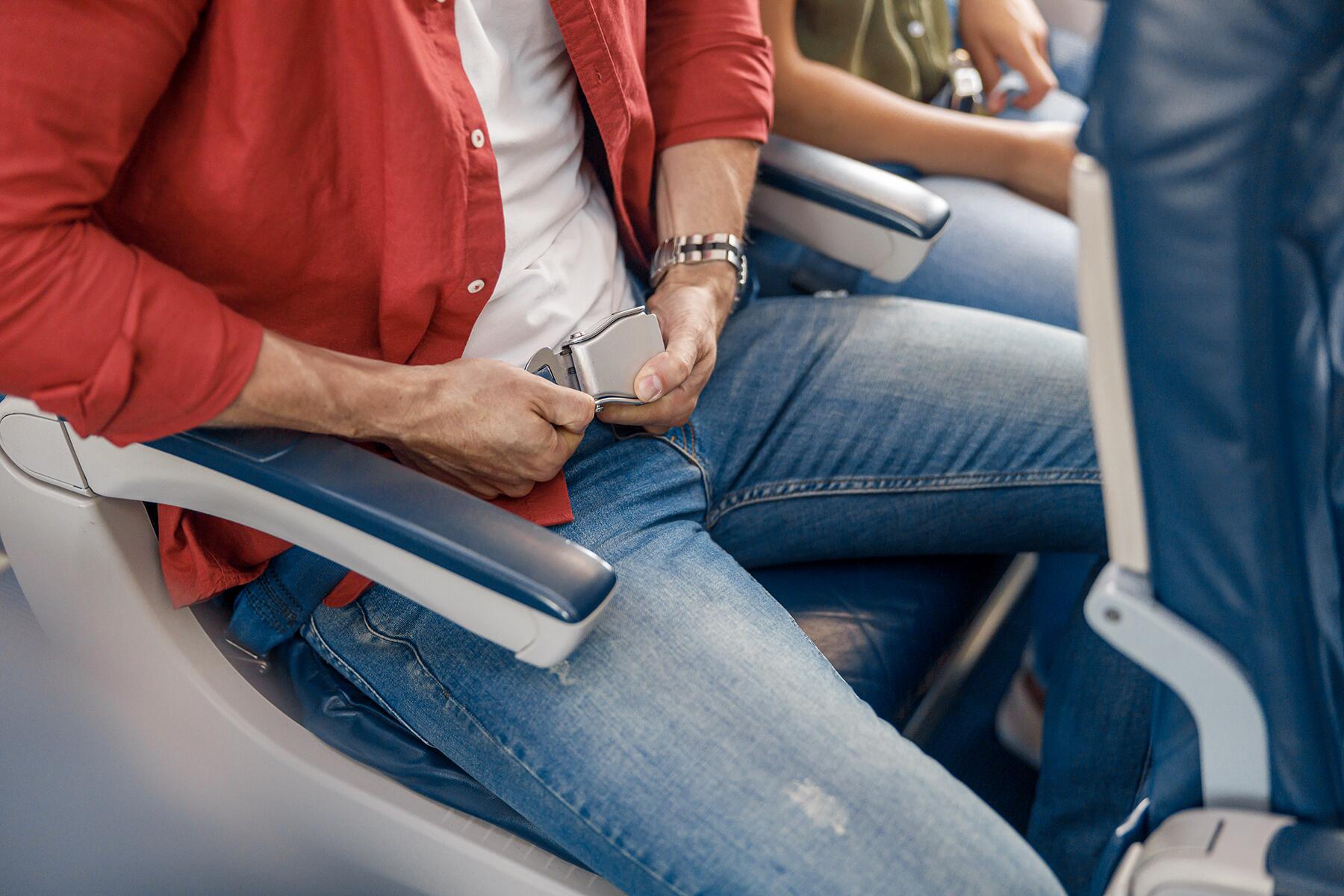How can Americans book overseas airlines with confidence?
It’s exciting to fly on a non-U.S. carrier. Everything’s just a little different, from announcements in foreign languages to subtle-but-noticeable variations in onboard service and procedures (e.g. foreign airlines are generally less likely to turn on the “Fasten Seatbelt” sign for long stretches of light turbulence).
But how do U.S.-originating passengers know foreign airlines are held to the same safety standards as American ones? Because U.S. safety regulators like the Federal Aviation Administration (FAA) largely don’t have oversight of foreign airlines’ operating and safety procedures, how can Americans book overseas airlines with confidence?
Diplomacy Rules
As a rule, U.S. regulators don’t have standing to oversee foreign companies except in limited respects. For example, the Department of Homeland Security (DHS) enforces certain requirements on all flights entering U.S. airspace, which is why all carriers regardless of nationality must advise passengers to remain in their ticketed cabin during the flight and not to congregate in any area onboard, particularly near lavatories. Because the flight is bound for U.S. airspace, DHS has standing to implement the requirement, and can refuse entry to aircraft found to be out of compliance.
Otherwise, U.S. regulatory agencies can’t require anything of non-U.S. airlines. Instead, the FAA periodically reviews how foreign civil aviation authorities (CAA) manage their country’s aviation safety programs. The program, known as the International Aviation Safety Assessment Program (IASA) is based on international aviation standards put forth by the United Nations International Civil Aviation Organization (ICAO).
Recommended Fodor’s Video
The IASA reviews items including a country’s aviation safety laws, operating regulations, safety oversight of civil aviation, qualification and training requirements for pilots and flight attendants, safety communications systems, licensing and certification, security and surveillance, and resolution of safety concerns by regulators. Countries with airlines operating to the United States, or codesharing with U.S. carriers (codesharing is when an airline puts their flight number on a flight operated by another airline) have CAAs that are in frequent contact with the FAA. IASA reviews are conducted by FAA teams directly in each country.
FAA Categories
The reviews take about a week, and the FAA returns to the U.S. and compiles their findings into a report which they send to the broader Department of Transportation (DOT), which is the regulator that permits foreign carriers to operate in U.S. airspace. In the report, the FAA groups foreign CAAs into two categories:
Category I countries are considered to be fully in compliance with ICAO regulations and their airlines are permitted to operate to the United States without restriction on safety grounds (the DOT may restrict airlines foreign airlines from operating to the US for other reasons relating to the type of traffic agreement in place with foreign governments).
Category II countries are considered deficient at least one major oversight area. Airlines from Category II countries may not initiate service to the United States. If airlines from Category II countries already serve the United States, they’re prohibited from expanding or increasing their service.
The most recent category ratings by the FAA were completed in September 2023, and only a handful of countries were rated Category II: Bangladesh, the Organization of Eastern Caribbean States, Russia, Thailand, and Venezuela. No carrier from a Category II country currently serves the United States or codeshares with a U.S. carrier.
IASA assessments take place often. In the last five years, several other countries were rated Category II but have since regained a Category I rating, including Mexico, Malaysia, and Costa Rica.
The IASA program dates back to the early 1990s. Following the 1990 crash of a Colombian airliner near New York City, investigators raised concerns about how the FAA reviewed the safety programs of foreign airlines, and subsequently foreign CAAs. Investigation of that accident found the aircraft had evacuation slides missing vital components, and passenger and crew seats designs, emergency lighting, and aircraft dispatch procedures all significantly non-compliant with U.S. safety regulations.
When the FAA downgrades a country’s category, it issues a press release informing the public of its findings. Passengers with questions about foreign carriers can check the FAA’s dedicated IASA website for more information on their assessments of the country overseeing the airline’s operations.





Oh beacuse US regulators are doing such a good job?It's because US regulators don't oversee foreign carriers that you can be sure they're safe!